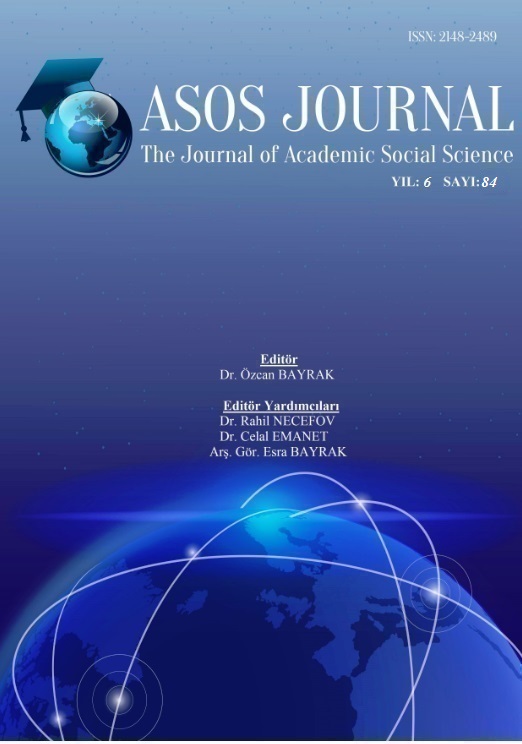Author :
Abstract
Geçmişten günümüze, bilim ve teknoloji alanlarındaki gelişmeler sanatçılar için önemli bir ilham kaynağı olmuştur. Buna örnek olarak, Naum Gabo’nun mekan strüktürleri, izleyicide fizyolojik anlamda görsel tepki uyandıran Bridget Riley’in Op Art çalışmaları; entropi fikrinin işlendiği Robert Smithson’ın yapıtları, Anish Kapoor’un vantablack heykelleri, Kubisch’in “Elektrik Yürüyüşleri”, Eva ve Franco Mattes’in simülasyon ile gerçekliğin iç içe geçmiş hallerine dayalı performansları sayılabilir. Ayrıca müzik alanında audio-frekans teknolojisinin gelişmesi ile bestecilerin yeni ses kaynaklarını kullanmaya başlamaları sanatın teknoloji ile dönüşümüne de dikkat çekmektedir. Bu çalışma, bilimsel ve teknolojik gelişmelerin müzik ve görsel sanatlardaki yansımalarını ortaya koyarken, bu ilerlemelerin sanattaki etkili ifade gücüne odaklanmaktadır. Bunun yanı sıra, çalışmada, kuantum mekaniği konulu bir araştırma projesinin sonucunda ortaya çıkan çeşitli kolaj ve asamblaj uygulamalarına yer verilmiştir. Proje sonucunda ortaya çıkan uygulamalar, bilimin görsel sanatlar eğitimi sürecindeki olumlu etkisini ortaya koymaktadır.
Keywords
Abstract
Throughout the history developments in science and technology have been important source of inspiration for artists. Naum Gabo’s constructions in space, Bridget Riley’s opart works, Robert Smithson’s works involving the idea of entropy, Anish Kapoor’s vantablack sculptors , Kubisch’ electrical walks and Eva & Franco Mattes’ performances in which simulation and reality are intertwined can be listed as examples of such reflections. In music, with the developments in audio frequency technology, new sound sources became available for composers which ultimately led to the born of electronic music. All these developments can be evidence for transformation of fine arts through developing technology. This study examines the reflections of the scientific and technological developments in music and visual arts, and focuses on how these developments improve the expressive qualities of fine arts. In the study, some collage and assemblage applications resulted from a particle physics project are exemplified. The results of the study show that scientific developments can have positive effects on visual arts education process.





